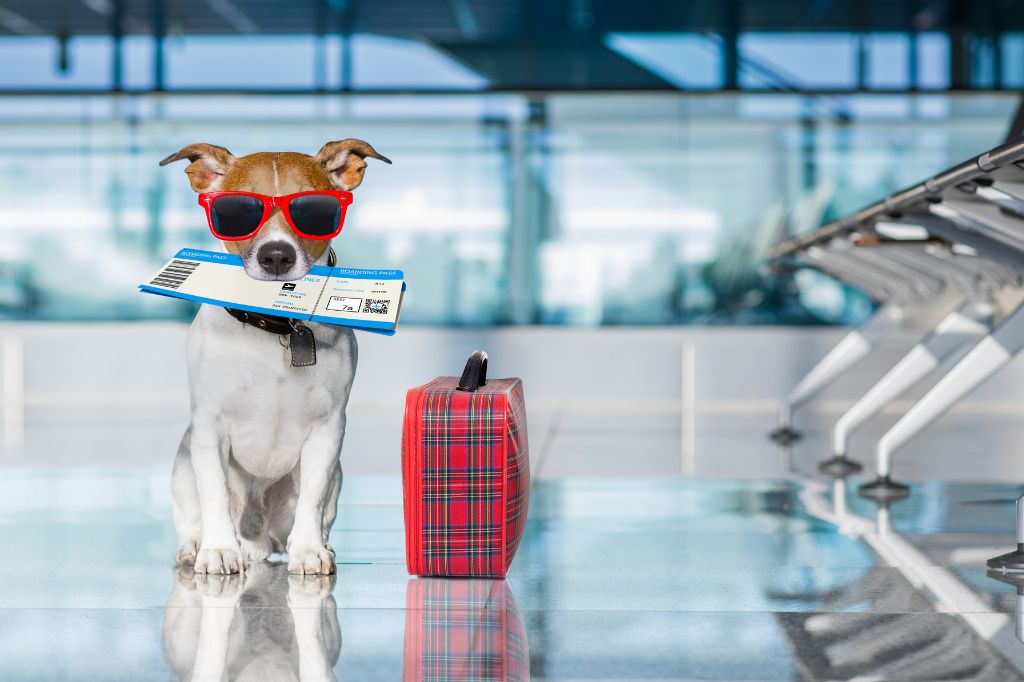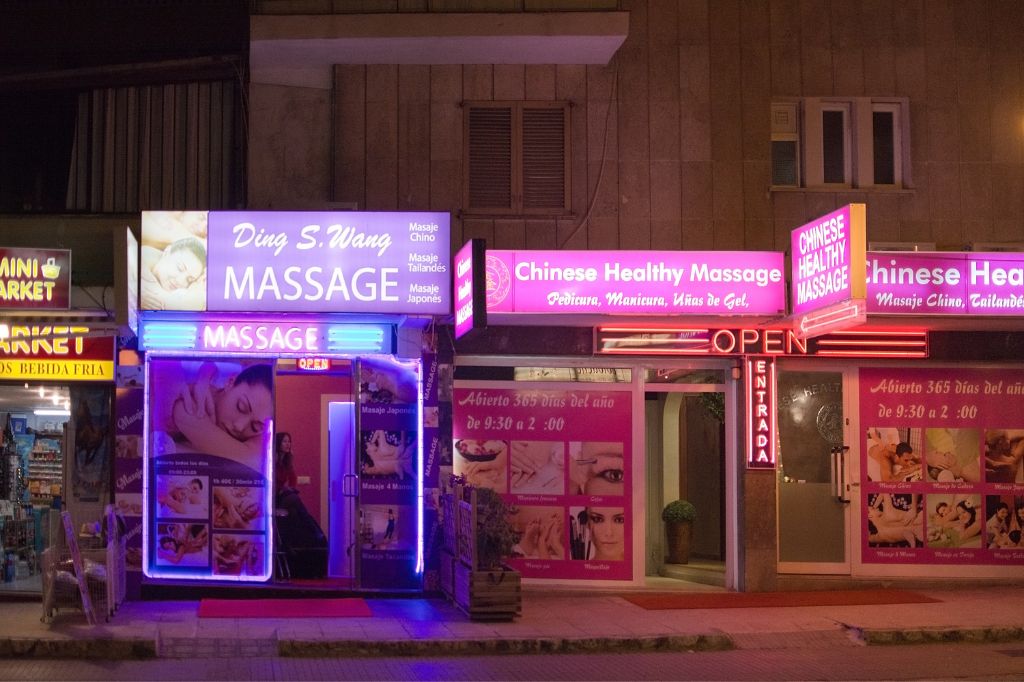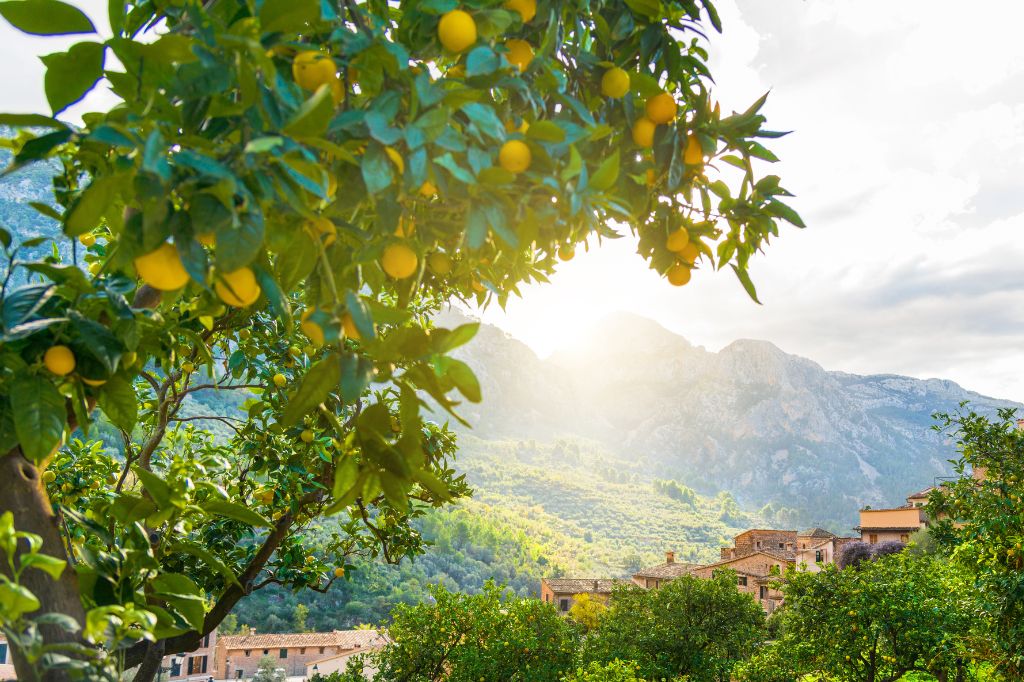Explore Mallorca this Easter: A Guide to the Festivities of Semana Santa
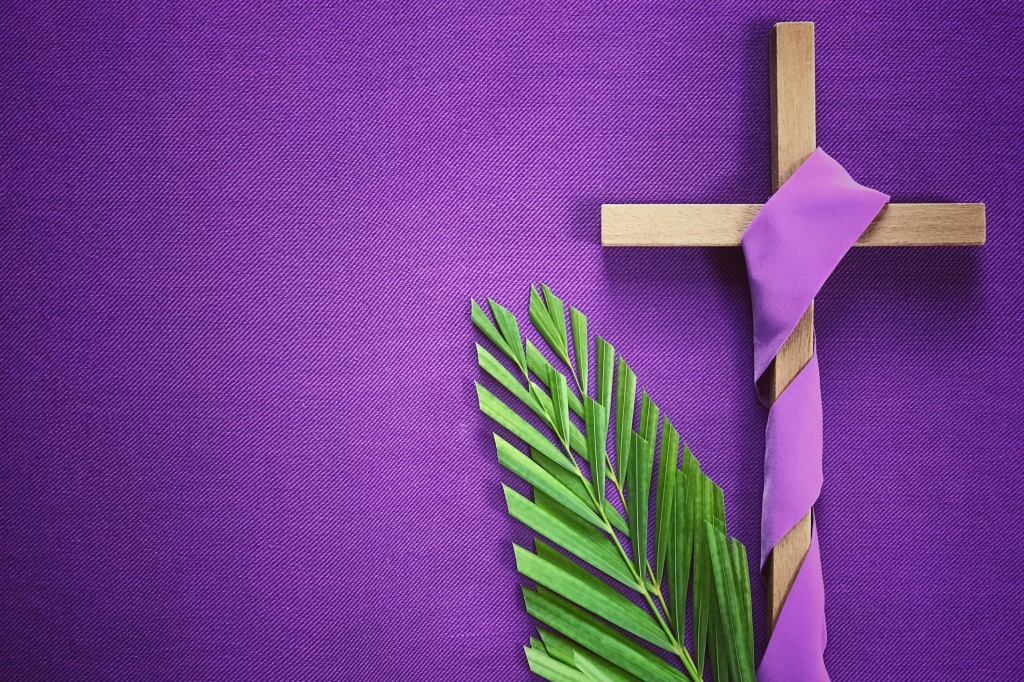
Do they celebrate Easter in Majorca?
Spain is a country of many denominations. But the traditional faith is, of course, Catholicism. The Catholic Church has a significant influence on the country and in society.
The Balearic Islands are no exception. Catholicism is of great importance to people here. Faith in Spanish families has firm roots. Even if someone sneezes, they say "Jesus" rather than "Bless".
The main church festivals on the Balearic Islands are, of course, Christmas and Easter.
Easter in Mallorca is a grand event in the Catholic community on the island. There are many festivities and celebrations during Easter in Mallorca.
When is Easter in Mallorca?
The dates for the Easter celebrations in Mallorca shift every year and are based on a lunar calendar.
According to the official labor calendar of the Balearic Islands, Holy Week in 2024 will be on March 24 and Easter on April 1. The weather in Mallorca at this time is beautiful. It is +18 to +20 degrees Celsius. It's still spring by local standards, but for most tourists, it's summer. You can comfortably stroll around the old streets in shorts and T-shirts and indulge in the spirit of the holy holiday.
Easter Dates in 2024
Sunday, March 24 2024 - Palm Sunday
Monday, March 25 2024 - Easter Monday
Tuesday, March 26 2024 - Holy Tuesday
Wednesday, March 27 2024 - Holy Wednesday
Thursday, March 28 2024 - Holy Thursday (day off)
Friday, March 29 2024 - Good Friday (day off)
Saturday, March 30 2024 - Easter Saturday (day off)
Sunday, March 31 2024 - Easter Sunday (day off)
Monday, April 1 2024 - Easter Monday (day off)
Easter Dates in 2025
Sunday, April 13 2025 - Palm Sunday (day off)
Thursday, April 17 2025 - Holy (Maundy) Thursday (day off)
Friday, April 18 2025 - Good Friday (day off)
Sunday, April 20 2025 - Easter Sunday (day off)
Semana Santa (Holy Week) in Mallorca, Spain
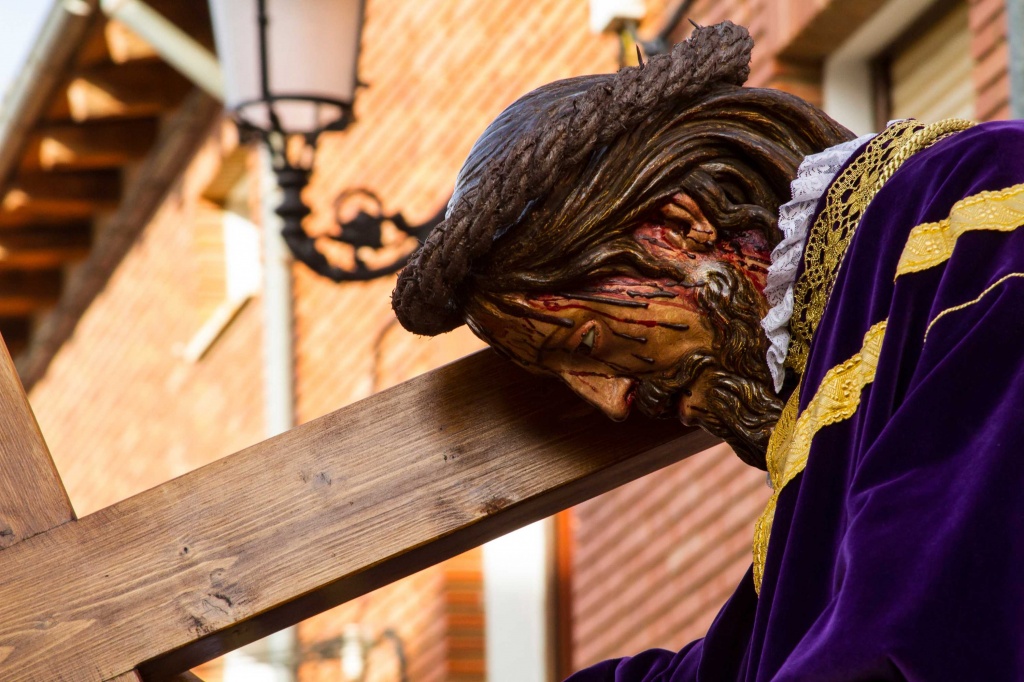
In Mallorca, as in the other Spanish autonomies, Holy Week precedes Holy Week, full of rituals and processions.
The largest and most spectacular events will occur in Palma De Mallorca, the capital of the Balearic Islands, by the Cathedral and many other squares in the city.
But there's no need to worry if you're not holidaying in the capital Palma but in one of the many resorts on the island. The Holy Easter celebrations will take place in absolutely every village, town, and village in Mallorca.
What is the purpose of Semana Santa
Penitential Processions for Holy Week began for the first time at the end of the fifteenth century. These were modest processions in which two types of brethren took part:
The former carried out a public act of self-abuse to reflect the Lord's Passion.
The others carried wooden crucifixes and torches.
In the mid-sixteenth century, the processions took on a mass character. Crucifixes depicting Christ the Saviour and massive platforms with sculptures appeared, which the brethren began to carry on their shoulders during mourning and solemn processions.
The religious meaning of Holy Week and the Feast of Holy Pascha is that Catholic fraternities throughout Spain hold processions to commemorate the suffering of Jesus Christ and his death and resurrection. Holy Week occurs on the same days designated in the Holy Scripture as "The Passion of Christ". In other words, these are religious events commemorating the crucifixion and resurrection of Jesus Christ.
What happens in Semana Santa in Spain?
The processions start on Palm Sunday (March 24 in 2024). In Mallorca, this day is called Palm Sunday. It is the sixth Sunday of Lent. The day commemorates the triumphal entry into Jerusalem of Jesus Christ, described in all four Gospels.
On this day, Spaniards put up paintings depicting the Virgin Mary and Jesus Christ. They also decorate their homes with palm branches. A walking donkey leads this procession in front, propelled by a palm branch.
Throughout the week, ceremonial Masses are held in churches and Catholic churches, to which people come in large families. The main days on which ceremonial processions occur are Thursday, Friday, Saturday and Sunday.
Holy Thursday
On this Holy Week day, thousands of faithful and curious people take to the streets of Palma to witness the 'Crist de la Sang' funeral procession. The Catholic fraternities in Spain organise these processions. The Fraternities make a journey of penance. During this procession, they march through the city streets in great columns, clad in robes and cone-shaped hoods. They carry heavy statues on their shoulders that reflect the event's religious meaning. During the procession, the brotherhood is accompanied by an orchestra with appropriate music. The parade ends after midnight. Many Spanish autonomies declare it an official day off.
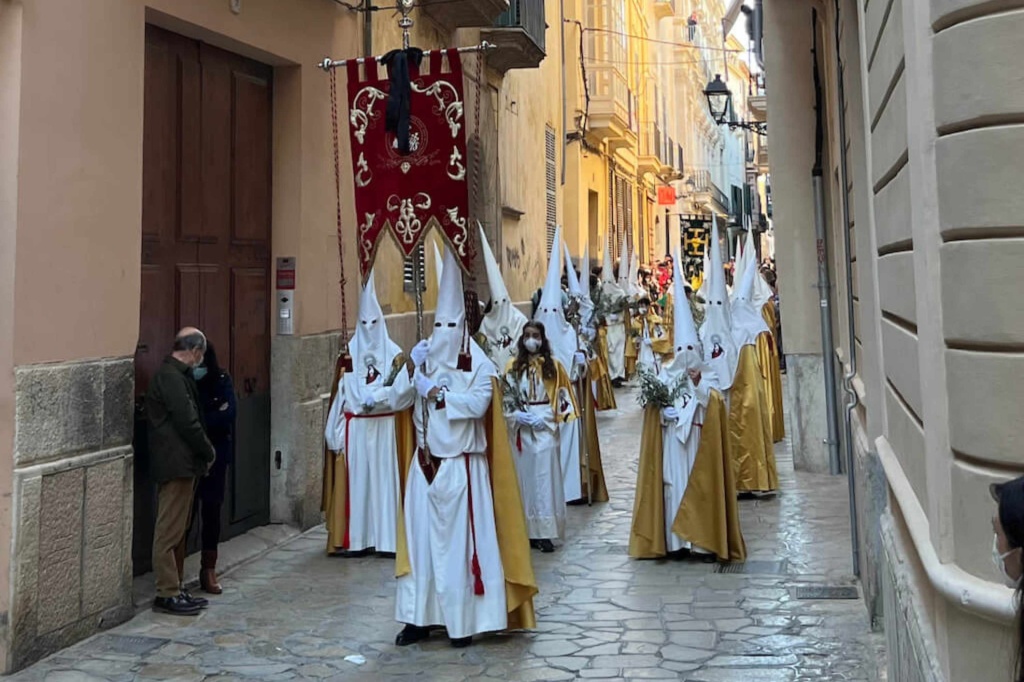
Easter procession in the old town of Palma, Mallorca
Good Friday
On this day, the solemn processions continue in the towns of Mallorca. Friday's march during Holy Week in Mallorca is called the "Holy Burial - Procesión del Santo Entierro". Townspeople and members of fraternities who do not take part in the procession are lined up along the route. The head of the community, with a pennant, led this. Following him are people dressed as characters from the Old and New Testament: Abraham and his son Isaac, Moses, Aaron, Melchizedek and David, the Samaritans, soldiers of the Roman guard, Jews and Moors. The procession of the Holy Sepulchre begins when darkness falls and lasts 4 - 5 hours.
Easter Saturday
Catholics begin Saturday night with the procession of the Procesión del Encuentro. This is a solemn procession of the disciples of Christ and Mary, who go to Christ's tomb, lest they find his dead body there. Fellowship members change from mourning garments to white robes, while biblical characters don bright-coloured festive dresses. Joyful music plays, and the procession moves much faster than the day before. Catholics spend the rest of the Sabbath night waiting for the Lord's Resurrection.
Easter Sunday
The great feast of Easter is coming to Spain. On this day, Spaniards also go to church for Mass about the resurrection of Jesus Christ. Afterwards, it is customary to eat the traditional food of the feast and congratulate everyone on the resurrection of the Lord.
Easter Monday
The Feast of Holy Easter continues Monday. As the primary feast day falls on a Sunday, the Spanish government has also decided to extend the day off to the Monday following it.
What to do during Holy Week in Spain?
In Spain, more than half of the population - 60% - practice Catholicism. Three million Spaniards are members of the religious fraternities Cofradías and Hermandades. There are more than 10,000 fraternities in Spain. The members of the fraternities prepare for Holy Week 2-3 months in advance. Costumes, platforms, music, and everything else needed takes a long time to prepare.
In 2018, UNESCO recognised Holy Week in Spain as an Intangible Heritage Site. Such a vibrant event attracts not only the deeply religious but also people worldwide who want to watch the stunning spectacle. Tourists flock to Spain in droves to take communion and witness the events of the past.
Most people go to churches and Catholic churches to hear a prayer about the Lord's Resurrection and how Jesus suffered for all people. After the church service, people meet up with family and friends in the streets of Majorca. The weather in Mallorca at this time is more like summer. So everyone enjoys walking, visiting the street festivals and markets and looking forward to the daily evening parades that take place every day. People experience incredible emotions as they watch the processions take place to the beat of the drums and the church hymn 'Te Deum'.
This is a breathtaking time in Mallorca and Spain that cannot be overstated. If you plan to visit Mallorca during Holy Week, attend the processions and church services in the island's best Catholic churches.
Mallorca's Easter traditions: what to do and see
Is April a good time to visit Mallorca?
Easter week in Mallorca is the perfect time to get to know the island.
The weather for Easter in Mallorca is moderate. It's no longer cold, but it's not yet unbearably hot. The average temperature at Easter in Mallorca is 23°C. At night, the average temperature is 12°C. There are usually plenty of sunny hours in Mallorca at this time of year. You can plan your holiday over Easter in Mallorca without worrying about the weather forecast.
What is there to do on Easter in Mallorca?
One of the critical issues when planning a holiday in Mallorca during Holy Week is leisure time. We have prepared exciting options for activities that will appeal to tourists and locals alike:
-
Easter parades with processions. Don't miss out on the opportunity to attend at least one Easter parade of the brotherhood. It is a spectacle that will impress children and adults alike. The processions are a UNESCO Intangible Heritage Site. Isn't it a great excuse to partake in the holy Feast of Easter in Mallorca?
-
Fira del Ram de Palma. Traditional annual fair. There is a considerable amusement and entertainment park. The Fira de Mallorca fair is considered an auspicious omen of the Holy Week. The rides start at the end of February and close at the end of the Holy Week on Majorca. The Fira Festival is in the Son Castelló area, 5 km from the capital's centre, Palma de Mallorca. Address: Carrer Setze de Juliol, 1
Schedule for the Easter Fair:
Monday to Thursday: 4:30 to 11:30 pm.
Friday and the eve of public holidays: 16:30 - 01:00
Saturday: 11:00 - 01:00
Sundays and public holidays: 11:00 - 23:30
- Theme parks and spaces. These are places where you can spend time in Mallorca in Easter decorations, make handmade crafts with the children, taste traditional Mallorcan Easter treats and take great photos for social media. Some of these parks have children's campuses for which you can sign up in advance. Here are some of these places in Mallorca:
|
Name of park |
Description |
Contact details |
|---|---|---|
|
|
One of Europe's largest aquariums opens to children and adults at Easter. Children can explore the planet's marine life, learn how to sort rubbish, create new fish with their hands, study whales and much more. |
Carrer de Manuela de los Herreros, 21, 07610 Palma, Illes Balears
+34 971 746 104 |
|
|
The Dolphinarium is located in the southwest of Mallorca in Portals Nous. Here you can also visit the children's camp. You can also watch shows about dolphins, seals, parrots and other rare animals. |
Carrer Garcilaso de la Vega, 9, 07181 Costa d'en Blanes, Illes Balears
+34 680 519 863 |
|
La Reserva Puig Galatzo |
The park area offers visitors a short trail of low difficulty through scenic locales. You'll see many animals in their natural habitat, including peacocks. The park is decorated in keeping with the island's Easter traditions. Midway through, you can picnic or grab a bite to eat at a local cafe. |
Predio Son Net s/n, 07194 Puigpunyent, Balearic Islands
+34 971 616 622 |
|
|
Visit a safari park in Mallorca during the Easter holidays. This is a rare opportunity to see rare animals in the wild, such as the Rhinoceros, antelopes, zebras, giraffes, monkeys and elephants. |
Coordinates 39.581783, 3.362508 Sa Coma
|
|
The park opens for the Easter holidays. An already fantastic amusement park is decorated with Easter symbols and attributes. At the entrance to the park, you'll see an upturned house. Inside, there are plenty of entertainment and cafes to keep you entertained. The park also has a hotel where you can stay during the Easter holidays. |
Avenida Pedro Vaquer Ramis, 9, 07181 Magaluf, Balearic Islands
+34 971 134 660 |
- Trekking routes. Since the pandemic, hiking has been one of Majorca's top leisure activities. The island is well adapted to hiking in the mountains or along the coastline. Many trails are signposted, mapped and painted. Mallorca's mountains reach an altitude of 1436m. This is the highest mountain on the island, called the Puig Major. If you decide to go hiking in Mallorca, there are a few things you should know:
-
Download an app about Majorca's routes that will work offline—for example, WikiLoc.
-
Bring water and a picnic.
-
If possible, hire a local guide.
-
Wear suitable shoes. You can buy them at the decathlon sports shop. The price for a pair starts at 15 euros.
-
Put an emergency number in your phone.
-
Read reviews of your chosen route from non-professional hikers.
- One of the oldest traditions during Holy Week is the civic tour of Mallorca's Holy Houses or "Casas Santas en Mallorca" monuments. Churches and parishes all over the island compete to decorate the chapels. In the heart of Palma, you can admire the parish of San Felip Neri, Santa Eulalia church, La Seu, Santa Clara convent, Santa Magdalena, and San Miguel Church. There are many others.
· Other Easter week highlights available in Mallorca include Boat Tours, Journey to Lluc Monastery, Gastronomic Easter Tour, Mallorca Museums and Mallorca Beaches.
· Read more about the best places to visit and stay in Mallorca in our article: Best Places to Visit and Stay in Mallorca in 2024.
Majorca's most important churches and cathedrals
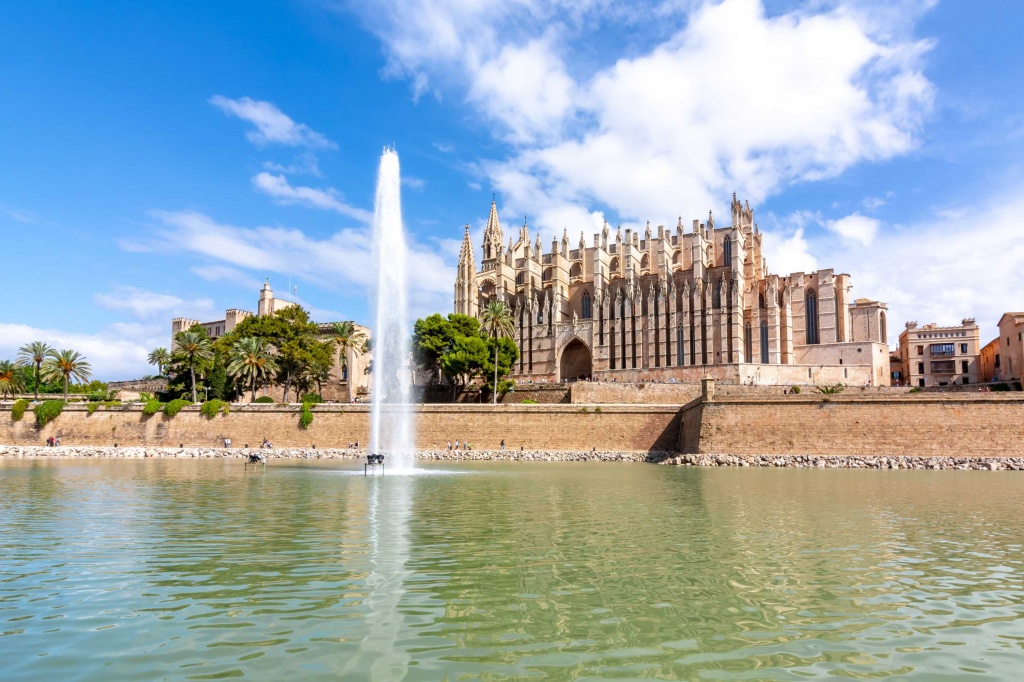
La Catedral-Basílica de Santa María en Palma is the island's main Cathedral
There are several dozen temples and cathedrals on the capital island of Balearic. Visiting these places during Easter and on tourist trips at other times of the year is customary.
We bring you a list of the most famous churches and temples people like in Mallorca. The ranking is based on live feedback from visitors.
|
Name and location |
Brief description |
|---|---|
|
It is located on the promenade of El Paseo Maritimo in the capital Palma de Mallorca.
Address: Plaça de la Seu, s/n, 07001 Palma, Illes Balears |
La Catedral-Basílica de Santa María en Palma is the island's main Cathedral. In Mallorca, the Cathedral is called La Seu, considered to be the most beautiful and recognisable Cathedral in Spain. Construction began in 1229. The Cathedral is Mallorca's primary landmark and is the centre of attraction during the Easter holidays. You can also climb to the roof of Palma Cathedral for a panoramic view of the sea, the city and its surroundings. On Fridays, entrance to the top is free for Balearic Island residents. |
|
Address: Plaça de Sant Francesc, 7, 07001 Palma, Illes Balears |
Construction of the Basilica began in the 13th century and lasted 100 years. In 1881 the Gothic monastery was declared a national monument. The Baroque main façade was designed by the Navarre architect Francisco Herrera García. |
|
Address: Avinguda de Fra Joan Llabrés, 1, 07600 Palma, Illes Balears |
The church of La Porciuncula is called the Crystal Church. It is an orthodox Franciscan church. The small church is decorated with 39 polychrome stained glass windows, which gave it its name, 'Crystal Church'. |
|
Address: Carrer de Can Fonollar, 2, 07001 Palma, Illes Balears |
A 13th-century monastery, It was founded at the request of poor Clare, Sister Catalina. The building was erected on ruins of Andalusian origin. |
|
Basílica de Sant Miquel de Palma
Address: Carrer de Sant Miquel, 21, 07002 Palma, Illes Balears |
On March 19 2018, by decree of Pope Francisco, the church was declared a minor Basilica. It is considered one of Palma's oldest churches. Inside the church, you can see the altarpiece created by Francisco de Herrera, where San Miguel defeats the devil. There are also the Archangels San Gabriel and San Rafael. |
|
Parròquia de Santa Eulàlia
Address: Esglesia de Santa Eulalia, Plaça de Santa Eulàlia, 2, 07001 Palma, Balearic Islands |
This 10th-century church has historical significance for Mallorca. On September 12 1276, Jaime II, son of the first king of Majorca, Jaime I, was crowned here. The temple is decorated with Gargoyles, Harpies, Basilisks and Dragons statues. |
|
Address: Plaça dels Pelegrins, 1, 07315 Lluc, Balearic Islands |
The Lluc Sanctuary is situated in the municipality of Escorca in the heart of the Sierra de Tromuntana on the west of the island. It is a pilgrimage site and a Marian sanctuary in the Balearic Islands. There is also a botanical garden and a large park area. |
|
Sant Bartomeu de Sóller
Address: Plaça de sa Constitució, 1, 07100 Sóller, Illes Balears |
One of the most beautiful temples on Majorca, situated northwest of the island. The building has been rebuilt many times, so the façade has acquired unique and recognisable features. It is a cultural heritage site. |
|
Iglesia Santa Maria del Camí
Address: Carrer Mossèn Joan Vich Salom, 1, 07320 Santa Maria del Camí, Illes Balears |
The pueblo Santa Maria del Cam parish church was founded in the 13th century and rebuilt several times but never changed its location. |
|
Sanctuary of Sant Salvador
Address: Monasterio de Sant Salvador, Puig San Salvador, s/n, 07200 Felanitx, Balearic Islands
|
The Sanctuary of Sant Salvador is situated on the outskirts of Felanitx in the southeast of Majorca at an altitude of 509 metres above sea level. In different years it has been the hermitage of the hermitage congregation of Sant Pau I Sant Antoni. One hundred metres from the temple, an imposing monument to Cristo Rei is erected atop a cliff. |
Mallorca's Food Easter traditions
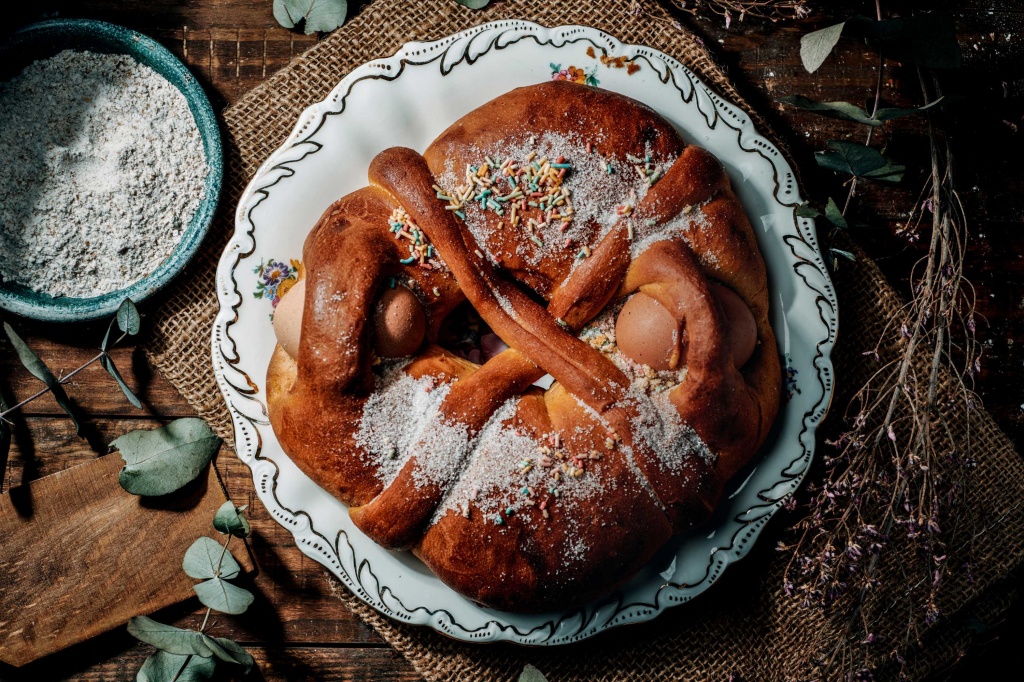
Mona de Pascua is a traditional Easter cake in Spain and Mallorca
To indicate what is traditionally cooked for Easter in Spain and Mallorca. Which dishes are worth trying, where and when.
The Balearic Islands, particularly Mallorca, are rich in tradition and cultural heritage. This also applies to Easter food traditions. So if you visit Mallorca during Holy Week, you will likely taste something special that only Mallorca cooks for Easter.
-
The traditional Mona de Pascua is baked for Easter in Mallorca and decorated with boiled eggs. This is a traditional Easter cake to give to family and friends.
-
Frito de Cordero: This is Mallorca's most exclusive Easter treat. This dish consists of potatoes, lamb liver or other animal by-products. The Mallorcan grandmothers fry the finely chopped ingredients with plenty of pepper, garlic, peas, and artichokes. You can try the dish in traditional Majorcan restaurants.
-
Panades: Traditional Mallorcan Easter pancakes filled with meat, fish or vegetables. The batter is made with olive oil—about 50/50 with water.
-
Rosario de Pascua: this treat is an absolute delight for children. An authentic rosary or a necklace of sweets. Chocolate sweets, caramel or the famous Mallorcan dried fruit. You can buy these treats at any Easter fairs that run all week around the island.
Easter is the start of the tourist season
Holy Week in Mallorca is not only about fancy processions and the atmosphere of the big day, but it is also an important event for the tourist island. Easter is the official start of the tourist season in Mallorca. Hotels, restaurants, clubs, amusement parks and other entertainment spots are open during this time. The beaches and car and other car rental solons begin to operate.
The island comes alive on the 1st day, and Mallorca gets crowded in April. Easter in Mallorca attracts thousands of tourists. It is usually 5 to 7 degrees warmer than other Spanish resorts at this time of year.
The average temperature at Easter in Mallorca is 23° and 12° at night. Many tourists open the bathing season. However, you won't see any locals in the sea at this time of year.
Tourists are abundant at this time on the island. Planes land at Palma de Mallorca airport every 3 minutes.
Renting a property for this period in Mallorca is quite problematic. Prices are rising quickly, and only a few apartments or houses are available to rent.
So if you decide to spend the Easter holidays in Mallorca - we recommend that you take care in advance to find a suitable property to rent. Either way, you can stay in hotels that start on Palm Sunday in the run-up to Holy Week.
We also recommend that travelers consider how they plan to get around the island and book reasonably priced transport.
You can do this, for example, with Centauro - located 5 minutes by car from Palma de Mallorca airport. One of the most convenient car rental services in Mallorca. There is a free shuttle service from the airport to the office.
Semana Santa in Mallorca: opening hours
Holy Week is considered a time to get together with the family. Large Majorcan family’s number as many as 40 or more. Good Friday is the official public holiday on which people visit the church, make pilgrimages, and spend time at street festivals where they can sample traditional Mallorcan cuisine.
According to the school calendar for 2024, the Easter holidays for preschool, primary, secondary, upper secondary and special education students will begin on Thursday, March 25, and end on Monday, April 1. Students will not return to school until the following Monday, April 4.
Commercial establishments in Mallorca will not be open during Easter from Friday, March 29 to Monday, April 1 inclusive. This applies to banks, most shops and restaurants.
Street markets and bazaars will be open on these dates. Most restaurants open as soon as the Easter holiday is over.
If you decide to come to Mallorca during Semana Santa in 2024, we recommend you buy everything you need on Thursday, March 28. However, some grocery shops will still be open. For example, the German grocery chain Lidl. But don't take any chances.
The opening hours of Yes! Mallorca Property during Semana Santa 2024:
-
Palm Sunday, March 24 - day off
-
Easter Monday, March 25 - 10:00 - 6:00 pm
-
Holy Tuesday, March 26 - 10:00 am - 6:00 pm
-
Holy Wednesday, March 27 - 10:00 am - 6:00 pm
-
Holy Thursday, March 28 - 10:00 - 2:00 pm
-
Good Friday, March 29 - Day off
-
Easter Saturday, March 30 - Day off
-
Easter Sunday, March 31 - Holiday
-
Easter Monday, April 1 - 10:00 am - 2:00 pm
It is worth noting that even outside business hours and days, our experts will always answer your call or visit your chosen property.
You can find the complete list of properties for sale in our property catalogue.
Yes! Mallorca Property is the reliable real estate broker in Mallorca with an excellent client’s feedback. We offer over 1000 properties for sale in our catalogue, including off-market and exclusive. Our property-for-sale database is updated daily. And 100% up-to-date.

